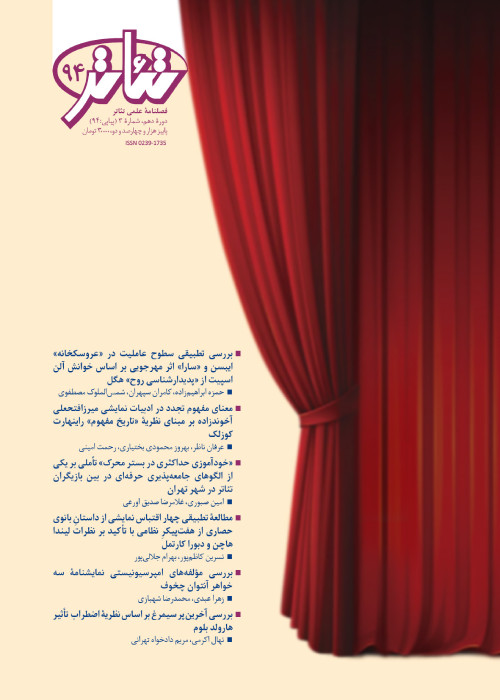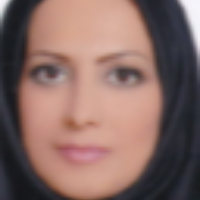Practical Strategies of Light Design for Performing Horror Theater
Horror is one of the most popular genres which is rooted in literature and has enjoyed a serious presence since the beginning of cinema. Theater has also tried to catch up with cinema in this regard. However, cinema has always outstripped theater with the aid of more technologies. When we speak of “Horror” as a genre, we are often referring to the whole range of feelings connected to the emotion of horror, as well as dread, discomfort, revulsion, fear, and terror. Of course this is not the same fear one feels when faced with a reallife fright, but the same emotional working we feel when we cry at a tragedy or laugh at a comedy. In the case of horror, that artistic emotion is fear. Horror covers the waterfront in subject and style, but what its many different manifestations have in common is an ability to tap into our subconscious like no other genre. Horror stories have always been a way of addressing our deepest fears and desires, those ideas and emotions it might not always be possible for us to articulate even if we wanted to. Horror is thus a genre that is always ready to address the fears of the audience, these being fuelled by events and concerns on an international and national level. Horror has always made use of new strategies to be effective in performance over the years, which has resulted in more popularity among audiences. In supernatural fiction, the soul often takes the form of a ghost or spirit, whose unearthly and immaterial nature provides eloquent and terrifying rebuttal to those who claim that all that exists is what can be seen, heard, or felt. This ghost exists in a liminal space, poised somewhere between the physical world of flesh and blood and the (presumed) afterlife of pure spirit. The present study was conducted to explore practical ways to Light Design the theater of horror. The horror in question is the psychological- psychological horror that is caused by of using technology in stage design can be implemented in Iranian theater? And what are the advantages and disadvantages of this type of utility? The research method used is descriptive-analytical and data collection has been used from all valid library sources. Interviews of notable directors were examined and through this, conceptual codes were extracted via Atlasi software. The findings of this study explain the ten effective factors which increases the audience’s connection with virtual theater: “sense of impossibility”, “environmental fluidity”, “color and image quality”, “scale and arrangement of space”, “variety of scenes”, “light quality”, “imaginativeness”, “sound”, “speed of movement” and finally “sense of timelessness”.
- حق عضویت دریافتی صرف حمایت از نشریات عضو و نگهداری، تکمیل و توسعه مگیران میشود.
- پرداخت حق اشتراک و دانلود مقالات اجازه بازنشر آن در سایر رسانههای چاپی و دیجیتال را به کاربر نمیدهد.



